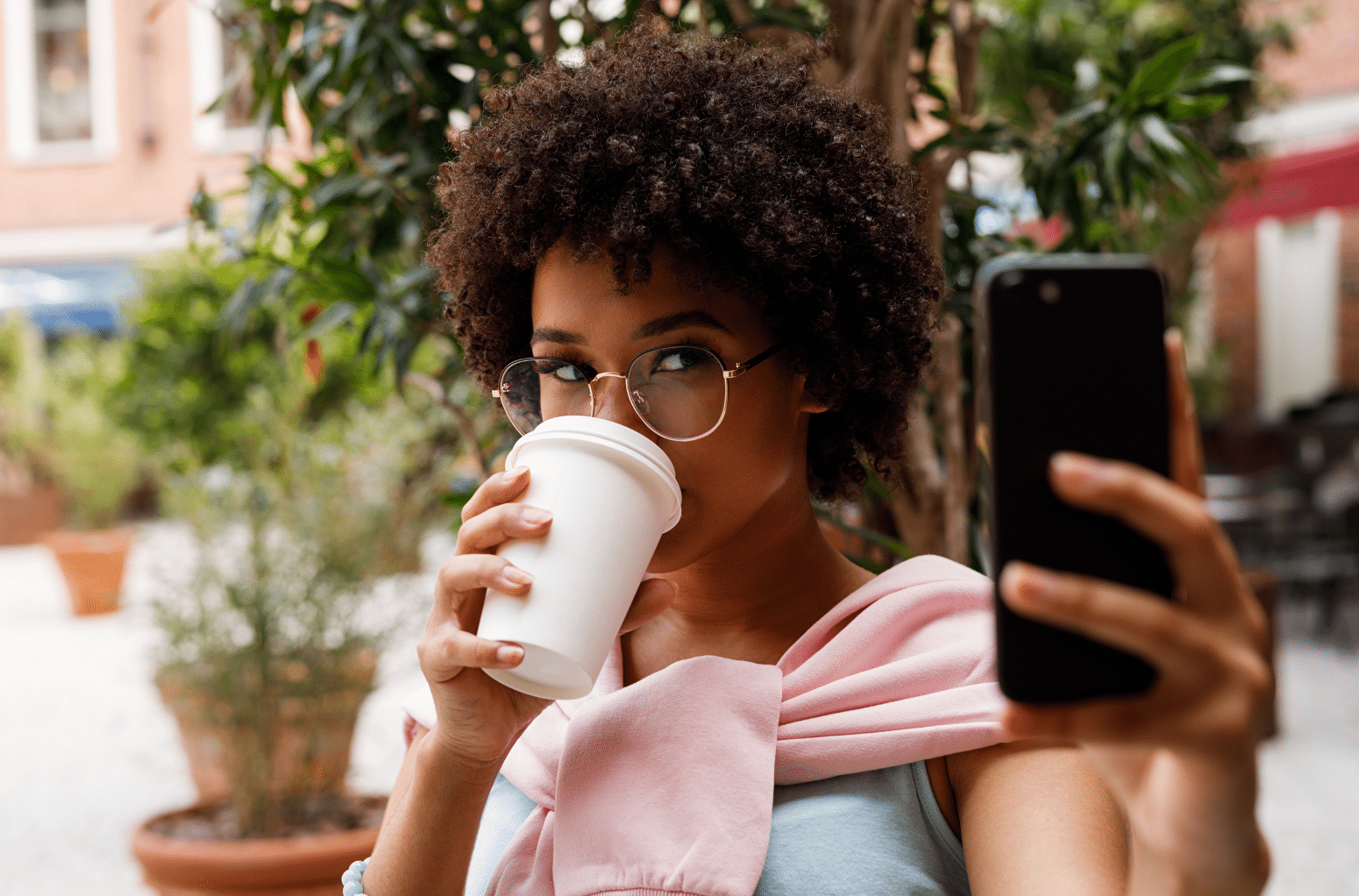‘Influencer Mapping’ is a hot topic. (and why it matters)
Word of mouth is the single most effective marketing channel. According to the Chatter Matters Word of Mouth Report, 83% of Americans say that a word of mouth recommendation from a friend or family member makes them more likely to purchase that product or service.
Back in the day, only celebrities had a platform to recommend products to consumers. But with the rise of social media, influencer marketing has been going strong for over a decade now. And due to the personal nature of social media, many of us see our favorite influencers as friends.
When done right, influencer marketing can be a win-win for everybody. Businesses can sponsor influencers to increase their product sales, influencers get to make a living doing what they love, and followers get recommendations from someone they trust.
But influencer marketing can also go wrong. Partnering up with the wrong influencer may not only have zero effect on sales but create a negative perception of your brand by their followers. Influencers might also be labeled “sell-outs” when they recommend products that are not a good fit for their audience.
All this to say that you should only work with influencers that will create a positive ROI and brand perception for your business. But how do you identify good fits? That’s where influencer mapping comes in.
What Is Influencer Mapping?
Influencer mapping is a cutting-edge research method for identifying and grading influencers in real-time. But you might be wondering: Why not use one of the dozens of influencer search engines out there? Here’s where these influencer search engines go wrong:
- They give you a predefined list of influencers and topic categories. These might not even be updated regularly with the newest voices.
- Their influencers are usually ranked by follower count, which is a vanity metric.
- They don’t determine how good of a fit the influencer is for your brand.
Influencer mapping, on the other hand, can give you
- A real-time view of who the most influential people are in a given niche.
- A set of influencers that can generate an ROI for your specific business.
- Filters that allow you to fine tune your search even further, by: follower count, engagement rate, country, industry. An influencer mapping agency can even review the content to make sure that it fits your business’ style and standards.
Traditional influencer search engines might have worked well in the beginning, but influencer marketing has evolved since then. A study by InfluencerDB shows that the engagement rate of Instagram posts has fallen by 2% over 3 years. And here’s where the data gets interesting. High profile influencers (10K+ followers) only have a 3.6% engagement rate on their sponsored posts. In contrast to this, mid-sized influencers (5K-10K followers) have a 6.3% engagement rate. And what’s more, micro influencers (1K-5K followers) have a staggering 8.8% engagement rate.
This study proves that marketers shouldn’t be putting all their eggs in one basket by betting on a high-profile influencer. Instead, spread your budget among many micro influencers for a better chance at crafting highly engaging sponsored posts.
The most efficient way of finding these micro influencers is influencer mapping. But how does influencer mapping work?
How Influencer Mapping Works
Here’s how influencer mapping works in 4 simple steps.
1. Set Criteria
We need to know who your audience is and what topics and keywords naturally fit your business. Your audience is defined by demographics such as: gender, age, location, interests. Once we know this, we can go digging for key drivers in their purchasing process.
2. Social Listening
Social listening is a way to identify the influencers driving the discussion around a given topic. Those people are the ones more likely to move the needle for your business.
There are two steps to social listening:
- Choosing keywords that represent the business.
- Monitoring media channels for mention of any of our chosen keywords.
Next, we extract influencers from this in-depth search.
3. Identify Influencers
After we get a list of influencers, we assign a role to each. That way we can see how they relate to each other, and which can have the biggest impact on your marketing campaign. The final step is figuring out who’s a good fit for your business.
4. Generate Match
We take all your criteria into account to generate the best list of your best influencers. This list will include many micro influencers who can generate better engagement rates on your posts.
Influencer Mapping at Scale
In this article, we looked at what influencer mapping is and how it works. The only downside of this method is that it’s time consuming and very technical. But as marketing becomes more data driven, businesses need to outsource this analysis to get this actionable information.
Impact Enterprises can automate this entire process for you. Reach out to us to see how we can help you with Influencer Mapping
